
Welcome!
Thanks for coming along

⚡️ View the latest digest and the full archive here.
📐 My Goals ℹ️ Donations Page & Status 📸 MPP Status 🛍️Shop

Exquisite high-relief pargeting on the Ancient House in Clare, Suffolk, a divine example of 15th-century craftsmanship. Each intricate pattern was hand-moulded, giving the plasterwork a rich, textural beauty.
‘For, indeed, the greatest glory of a building is not in its stones, nor in its gold. Its glory is in its Age, and in that deep sense of voicefulness, of stern watching, of mysterious sympathy, nay, even of approval or condemnation, which we feel in walls that have long been washed by the passing waves of humanity … it is in that golden stain of time, that we are to look for the real light, and colour, and preciousness of architecture.’
John Ruskin, ‘The Lamp of Memory’ in Seven Lamps of Architecture

It happened again in York. I was wandering through Holy Trinity minding my own business, when a glance at a shadowy tower wall revealed the fragment of a dragon carved in the Scandinavian tradition. An echo of an ancient culture, its symbolism reverberates in this place like a pebble in a pond.
Holy Trinity in Micklegate is a building of exceptional character and history, listed in the Domesday Book as one of the great churches of the North. Tradition says that it stands on the site of an old Roman temple that was converted into a church in the 2nd century.
The view of the tower from Priory Lane visually corroborates its singular existence, at odds with the modern world.
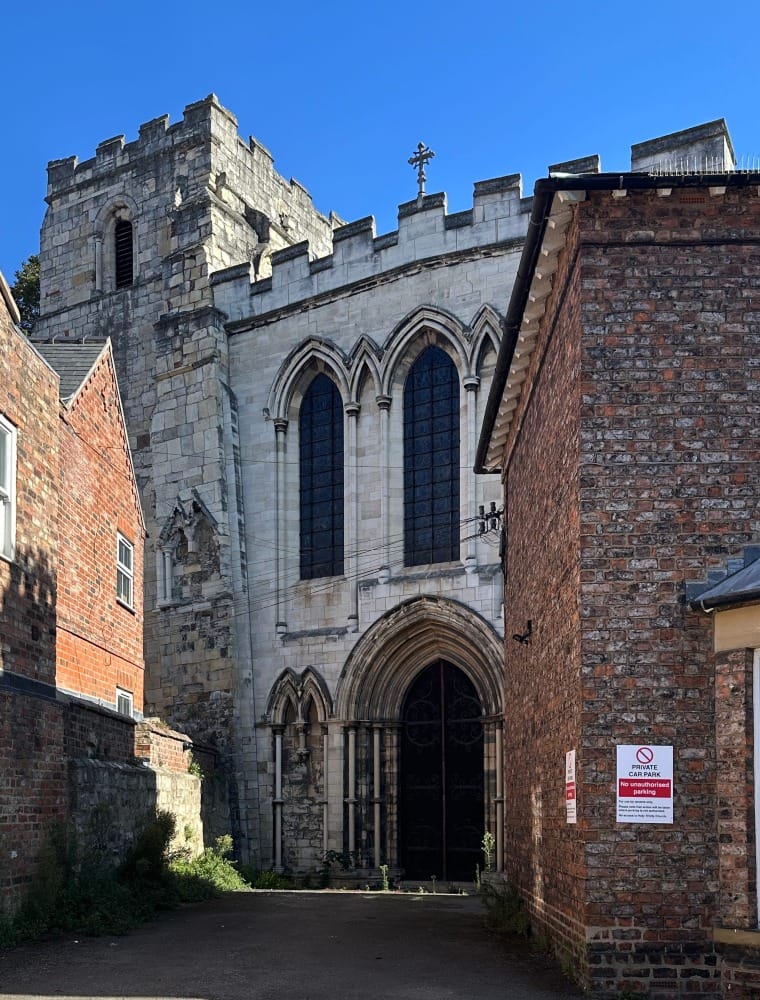
And there are rumours that the synchronicity that sprang from the Roman temple inspired the medieval scholar Alcuin to build the Alma Sophia (Holy Wisdom) here. If he did, it must have sparked a culture of the finest art in Europe—a survivor of which is the York Bestiary, painted by the hands of the Benedictine monks when Holy Trinity served a large monastery.
It’s hard to convey the feeling when something sparks a connection and history unravels before my eyes. It reminds me of an installation in Kassel, Germany—a brass rod, just 5.1 cm wide on the surface, but extending a kilometre deep into the earth. Standing on it is said to give a heightened sense of objectivity and place. At Holy Trinity, I’m not standing on a disc, but within an evolved material fabric with a depth of almost 2,000 years. Through this cultural cosmos, I feel the profound weight of time and history.

Here, in the nave at Holy Trinity, I think of all the other times it has happened—the sideways glance, the flickering recognition, the correspondence and connection with the past.
At Wells, standing at the base of the sea of steps, I remember witnessing the same emotion unfold for a group of visitors seeing it for the first time. As they crossed the threshold, they caught my eye, and in that instant, there was a shared, unspoken sense of awe and wonder—intangible, inexplicable, immeasurable.

At St. Ellyw’s in Llanelieu, Wales, wonderment turned into disbelief when the medieval church with a rood screen painted in ox-blood transformed into a camera obscura, projecting the world outside onto the font through a hole in the ancient oak door.


At All Saints, Billesley, a much deeper connection came from the interaction of light with a carved Romanesque stone. For over an hour, I stood transfixed and watched the light carve out a narrative across the pattern. I wrote about it in a previous Digest:
“As the carving softens, a frame emerges from the deepening shadows, outlining the fledgling pattern. With my heart rate slowing and the shifting light now discernible, new chapters unfold. A hollowed-out crow's face morphs into a heart pierced by a vine tendril; a deepened cavity emerges and becomes central to a cross like that of St. Cuthbert.
And again, the slab softens, metamorphic, with the light revealing and concealing, redeeming and forfeiting sections of stone. Acutely angled, the light enriches the relief and pricks out an etched matrix atop the interlocking pattern. The stone is no longer dense and unyielding, but particled—a sugared surface with a glinting patina. Like a precious baubled ring, the carving becomes the clawed setting, the movement of light upon it the jewel.”

At St. Mary in Brownshill, Gloucestershire it was an interaction of the light, a fleeting second, where the facade lit up with a short-lived phosphorescence of lichen as the night passed its baton on to day. The moment was too short-lived to capture with my camera, so I set to work with pen in hand to pass on a fragment of what I had seen.


Whenever I come across places like this (and, most often, they are churches), I get much the same feeling as described by astronauts when they glimpse Earth for the first time. Often referred to as the Overview Effect, Edgar Mitchell (Apollo 14) said there was "an overwhelming sense of oneness and connectedness… accompanied by ecstasy… an epiphany."
And this is what I find so exceptional—we don’t have to be astronauts to experience the Overview Effect.
John Harris, in this week’s Guardian, says:
“I am a devout agnostic. But as I get older, there are experiences and aspects of living that often open the way to a sense of the ineffable and mystical, and the need for something that may help me make sense of an increasingly chaotic world, and life’s ruptures and crises that seem to arrive with alarming regularity.
Most Sundays, I go walking with my two kids, which is a reliable emotional pick-me-up. More often than not, we stray into one of the village churches that tend to pepper our routes. It happened again last week, when we spent 15 silent minutes in a disused chapel near the Somerset village of Holcombe..”
Our historic buildings, especially our churches, though shaped by complex and flawed histories, have the power to ground us in something greater. They connect us to centuries of human experience, offering moments of awe that transcend time and place. These ancient structures offer more than beauty; they provide perspective, reminding us that, in a world of chaos, there is continuity. Within their timeless walls, we may even find answers to our present problems, drawing on the wisdom of the past. By engaging with these places, we find rootedness, clarity, and a reminder that we are part of a much larger, enduring story.
To that end I’ll leave you with another quote from astronaut, Edgar Mitchell after his trip in Apollo 14 in 1971:
“You develop an instant global consciousness, a people orientation, an intense dissatisfaction with the state of the world, and a compulsion to do something about it. From out there on the moon, international politics look so petty. You want to grab a politician by the scruff of the neck and drag him a quarter of a million miles out and say, ‘Look at that, you son of a bitch.’”
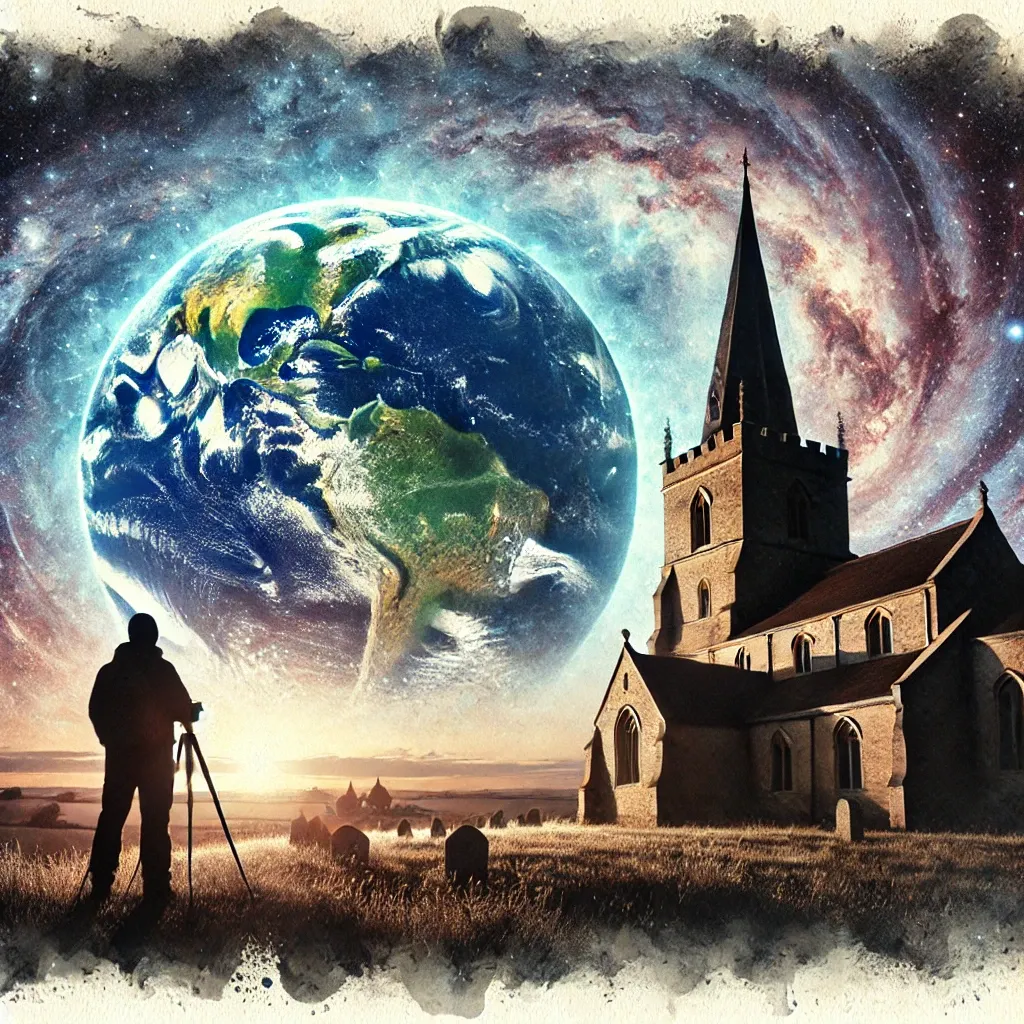
I put my heart and soul into the Genius Loci Digest and it takes a day a week to produce. With your support, I’m able to keep this digest free and public facing. 📸🏛🚐

North Walsham, Norfolk

And it happens again at the church of St. Nicholas, North Walsham - one of the largest parish churches in Britain. But, this time it isn't one single thing that imparts the Overview Effect, it's the rich tapestry of material culture that marks this building out as exceptional.
The church lost its spire in the C18th and a craggy, rocky outcrop of a rump remains.

Walk inside and the first thing that hits you is the size of the nave, and then the height of the C15th font cover.

When I set about photographing the interior of the church I worked from the macro to the micro - picking up the sense of space first.
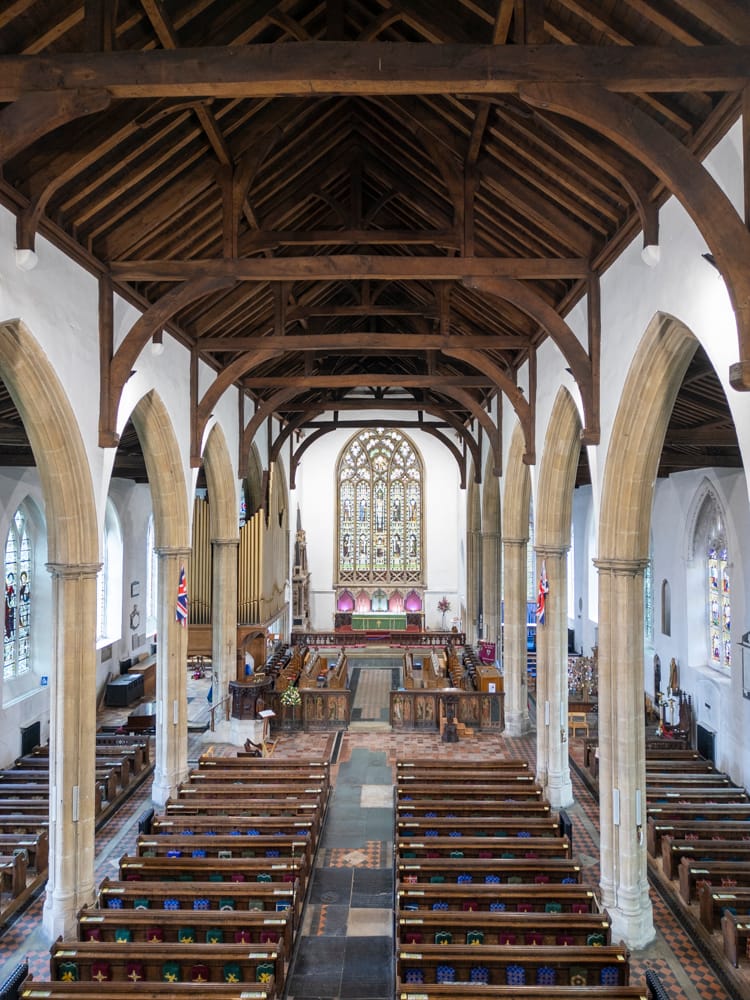
And then working into the fascinating decorated fabric of the church.







There is a fine early C17th monument to Sir William Paston

And, in the shadows of the nave, if you take your time to look at the bench end finials - you'll be rewarded with some of the most intricate carving I've photographed.





The delightful carving extends to the surviving painted remnants of the screens that divided secular from sacred. Some of them are cultural tachographs recording changing opinions and times.



But, for me, the most delightful artefacts that survive here lie in the deep rooted mythology of our nation.
Firstly, on a medieval iron bound chest - the clasp is adorned with a dragon - much like those on the cope chests at York Minster. My feeling is that they are evil-warding - protective.


Secondly, on a short remnant of the original choir stalls - lodged beneath a miserere - the undeniable outline of a woodwose - a mythical wild man - covered in shaggy hair - often thought to be related to the Green Man.

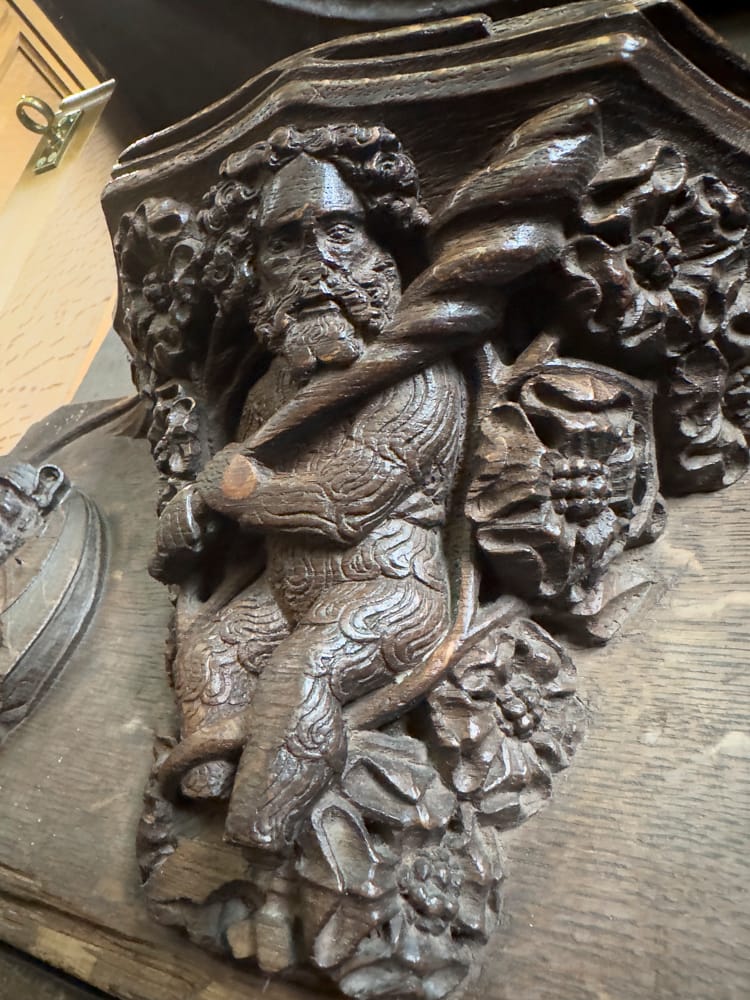
At St. Nicholas, North Walsham, the atmosphere is palpable - the Overview Effect intact.

✨ Members can see a wonderful Augmented Reality image of the woodwose at North Walsham in the Cast Room here (viewable on any device):

Woody ❤️ Churches




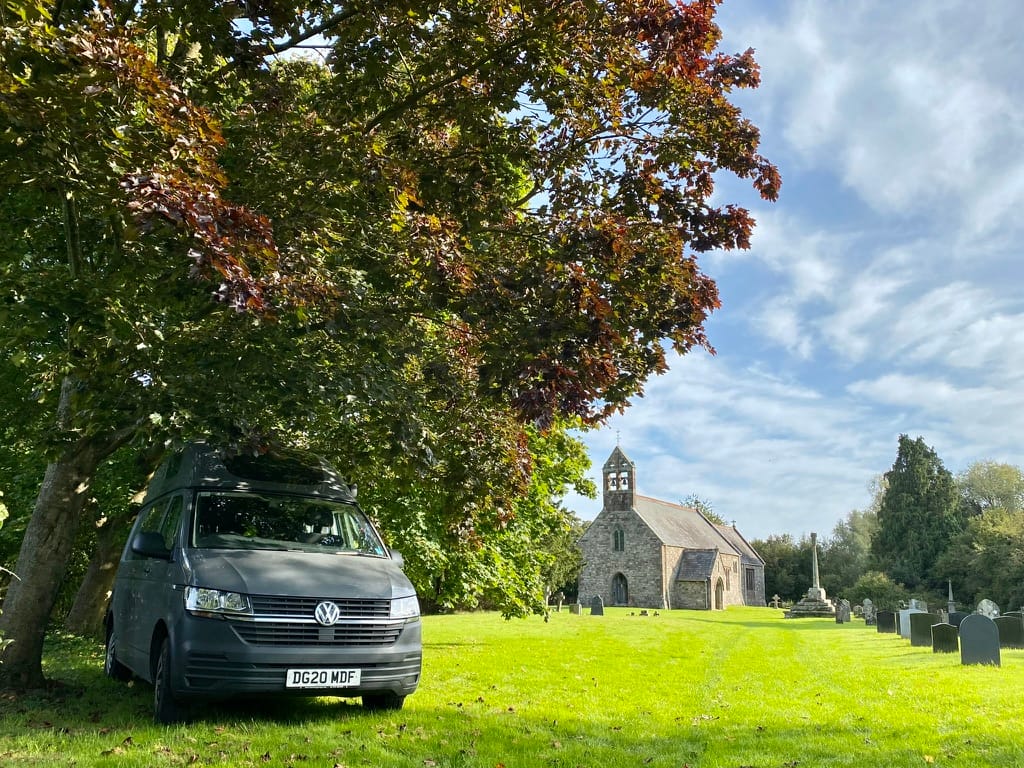















More magical happenings took place over at Wells where the west front inspired one of my most impactful photos. At St. Lawrence, Gumfreston I looked into the gaze of a medieval face; and, if you are feeling a little overwhelmed - here I write about the seven places that slow down time. Pennant Melangell came across as more realm, than place - with the remarkable survival of a shrine.


Recent Digest Sponsors:


Northumbria Health and Care Academy

Although most people associate my work with historic buildings, I also photograph modern architecture, interiors, and organisations. Recently, I had the privilege of visiting a brand-new facility in Cramlington, Northumberland, operated by the Northumbria Health and Care Academy in partnership with the University of Sunderland.
My task was to capture clinicians and students being trained in this state-of-the-art environment. At a time when the NHS is under considerable pressure, it was incredibly encouraging to witness the dedication and passion of both staff and students in a facility that left even me, a photographer accustomed to the latest technology, in awe.
The facility includes a fully equipped mock ward with highly realistic, interactive patient models, a VR room with touchscreen walls that can immerse students in an A&E ward or any other scenario, and VR goggles designed to simulate a variety of real-life situations.
I thought I’d share some photos from the day to give you a glimpse of this remarkable space.











Do you know of a company or firm that might be able to sponsor the digest? Sponsorships are now going towards Member Powered Photography and recorded on the Donations Page.

Sponsor a Membership and get your own landing page on the Digest
More information here
Thank You!
Photographs and words by Andy Marshall (unless otherwise stated). Most photographs are taken with Iphone 14 Pro and DJI Mini 3 Pro.











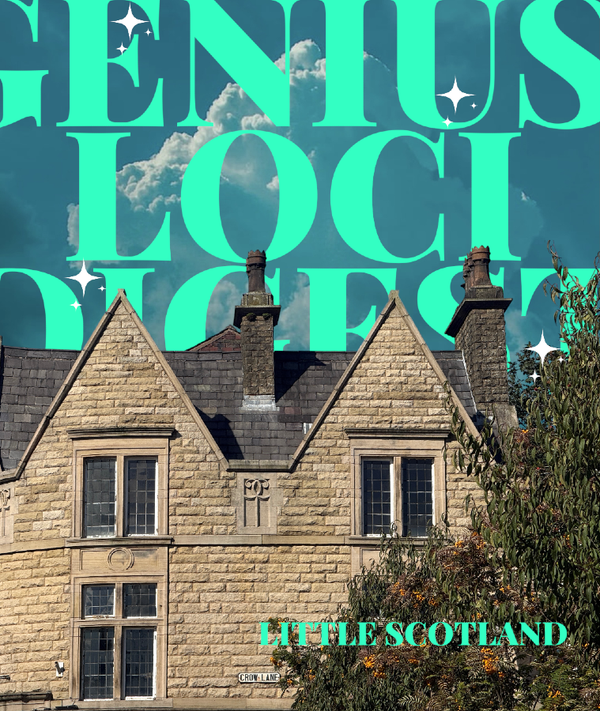

Member discussion